Common Google Analytics Terminology & Definitions
Google Analytics uses some terms that the average person may not be familiar with. I have added definitions to some of the more common Google Analytics terms you may encounter.
Users: “Unique visitors”, or a person who has come to your website.
Sessions: “Visits”, or different times that person came to your site. For example, a user could have visited your site a 10am and then came back at 5pm. That would count as two sessions for one user.
Pageviews: Total number of pages viewed by users.
Bounce Rate: This is the percentage of users who view only one page on your site and then leave without viewing any other pages.
Pages per Session: How many pages a user viewed in one session.
Average Session Duration: How long users stay on your site during one session.
Source: This is the source of where visitors came to your site. For example, did they come from google.com or your Yelp listing? Common sources in Google Analytics are google, yahoo, bing, facebook, etc.
Medium: This the medium of the source. Common mediums in Google Analytics are organic, cpc, email, referral, social, etc.
Channel: Some people say channel and they are referring to the medium.
Here is more detail on each medium in Google Analytics:
- Organic Traffic: Also, know as SEO traffic. Traffic coming from organic or local results on search engines.
- Direct Traffic: Traffic from people going directly to your website address (not searching for your business on search engines) or other traffic that isn’t being attributed properly.
- Referral Traffic: Traffic coming from other websites like Yelp or the Washington Post.
- CPC Traffic: Traffic coming from cost-per-click campaigns such as Google Ads.
- Email Traffic: Traffic coming from email campaigns that have been sent out.
- Social Traffic: Traffic coming from your social media profiles.
Conversions: Conversions are important actions that users take on your and they can be whatever you like. You just have to set them up to be tracked. Most small businesses would define phone calls or contact form completion as a conversion.
Conversion Rate: The percentage of people that complete a conversion vs the number of users on your website. For example, if 100 people visited your site and 10 of them called your business, the conversion rate would be 100 ÷ 10 = 10% conversion rate.
